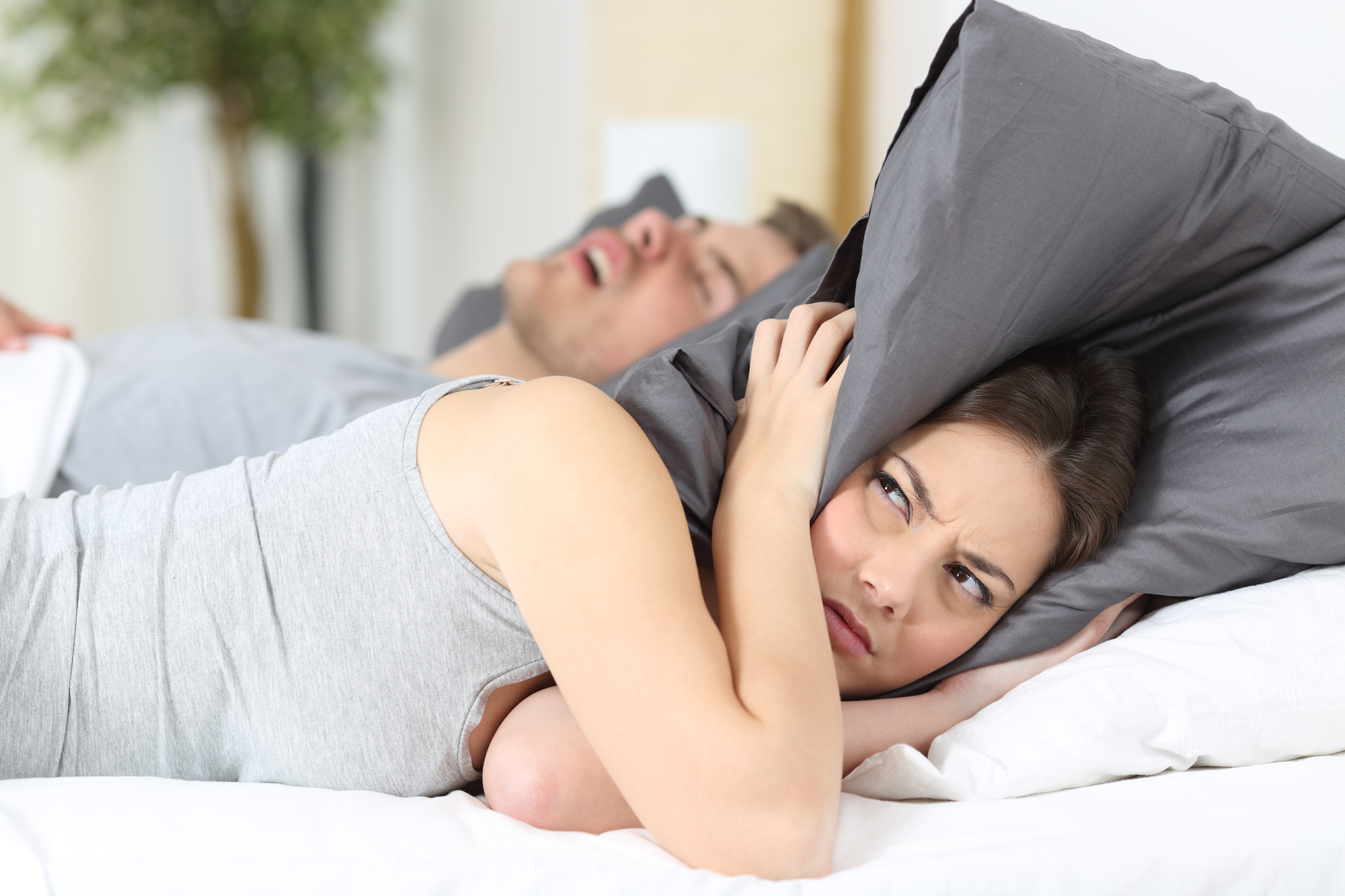Sleeping Positions 101: Tips to Get Better Sleep and Manage Pain

Do you experience chronic pain? If so, you’re not alone.
In fact, chronic pain is an everyday part of life for many people. And no matter what type of pain you experience, it’s never pleasant. Fortunately, there are ways to cope with chronic pain so that you can live the best life possible.
This article takes a look at tips to get better sleep in order to reduce pain. These tips and tricks will teach you sleeping positions and other sleep advice that will make a significant difference. Keep reading to get the inside scoop.
Buy a New Mattress
When it comes to getting a restful night’s sleep, you should probably take a look at your current mattress. After all, it’s no secret that mattresses aren’t intended to last forever. Even the most expensive ones on the market have a limited life span.
That’s why you should seriously consider upgrading to a new mattress. This will be one of the best investments you ever make. Fortunately, there are plenty to choose from at any price range. Thus you won’t have to spend a fortune to improve the quality of your sleep.
The key is to look for a mattress that matches your body type, your sleep style and provides the ideal amount of firmness for your back.
You’ll be amazed at the difference this will make, and the quality of your sleep each night should start improving immediately.
Put Yourself On a Sleep Schedule
Believe it or not, the vast majority of people sleep better when they are on a sleep schedule. This might not seem like it would be a big deal, but a sleep schedule can actually make all the difference in the world.
Keep in mind that staying on a sleep schedule includes rising at the same time each morning even when you’ve tossed and turned all night and want to get an extra hour or so of sleep to catch up, or perhaps you’re wanting to stay out late with friends. You need to prioritize your sleep by prioritizing your sleep schedule.
The key is to develop a bedtime routine and stick to it. This will help the mind and body relax and prepare for rest.
Skip Caffeinated Drinks Past Noon
Next, make an effort to reduce the number of caffeinated drinks you consume during the day, and skip them altogether past noon.
Why? Because caffeinated drinks such as coffee and soft drinks can make it much more challenging for your mind and body to settle down when it’s time to prepare for sleep.
The best strategy is to drink a bit of tea in the evening to help you relax. Just be sure to have your last drink at least an hour before bedtime.
Exercise In the Morning
Do you love to exercise? That’s great, but you’d be wise to skip a vigorous workout in the late afternoon or weekend.
A smarter strategy would be to save your hard exercise for the morning hours or the early afternoon. This is because doing anything overly rigorous in the hours leading up to bedtime can cause your adrenaline levels and body temperature to rise, making it difficult to relax enough to fall asleep.
Make it a point to set your alarm clock an hour or two earlier, get out of bed, and get your sweat on before jumping in the shower and preparing for the day ahead. This will also provide more energy for work and help you feel healthier and happier throughout the day. Plus, you won’t have to worry about fitting in your workout before bed. In other words, you’ll begin your day ahead of the game.
Sleep With a Pillow Under Your Abdomen
Another option is to sleep on your stomach with a pillow placed under your abdomen. While some people are hesitant to sleep on their stomach due to back pain, placing a pillow under your abdomen can help reduce this type of pain.
The key is to place the pillow under your pelvis and lower abdomen. This will help relieve some of the pressure, providing a higher level of comfort for achieving restful sleep.
This position isn’t for everyone. Obviously, not everyone is a fan of sleeping on their stomach. And yet this position can be a very effective option for someone suffering from degenerative disc disease because it can help relieve stress that’s typically placed on the discs of your spine.
You should also try sleeping with a pillow between knees.
Sleep In the Fetal Position
Most people spend a certain amount of time each night sleeping on their side in the fetal position. This position is especially beneficial for anyone with a herniated disc.
Sleeping in the fetal position is a simple matter of lying on your back, rolling gently onto your side, and tucking your knees toward your chest while curling your torso toward your knees.
Why is this beneficial for reducing pain? Well, the fetal position basically opens space between the vertebrae of your spine. This can help reduce herniation, creating space so that you’ll experience less nerve pain.
Reclined Position
The next recommended position for reducing pain is to sleep on your back in a reclined position.
This can be accomplished by sleeping in a recliner or propping yourself up on pillows in bed. You should also consider investing in an adjustable bed so that you can select from a variety of angles.
This sleeping position can help reduce isthmic spondylolisthesis, a condition that results in a vertebra slipping over the one located below it. Sleeping while reclined creates a better angle between the truck and thighs to help reduce pressure on your spine.
Pay Attention to Spin Alignment
Remember, alignment is key. That’s why you need to choose a sleeping position that will maximize comfort for your spine.
You should also be very careful when turning over in bed so that you won’t twist your back in a way that is awkward or painful.
A Guide to Tips to Get Better Sleep and Reduce Pain
Getting enough rest is important for health and happiness. Fortunately, these tips to get better sleep will help reduce pain by helping you catch more Zs at night.
Keep scrolling to discover more amazing lifestyle tips on our blog.



